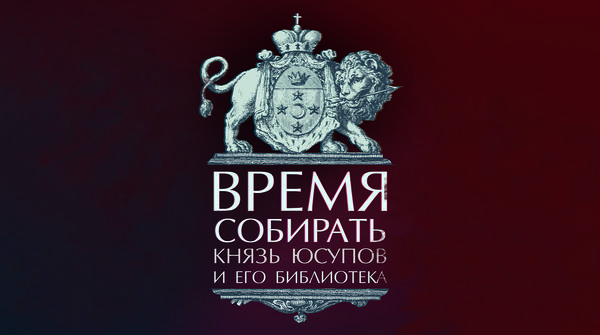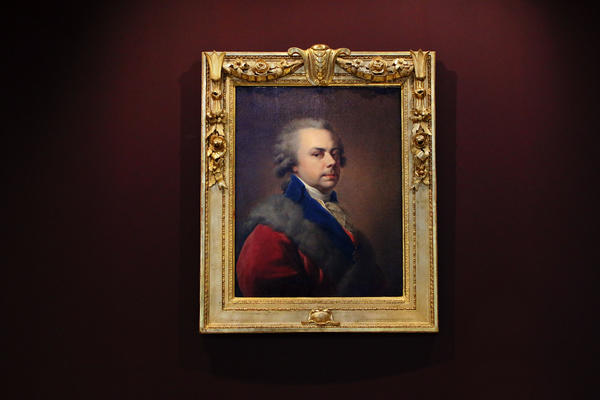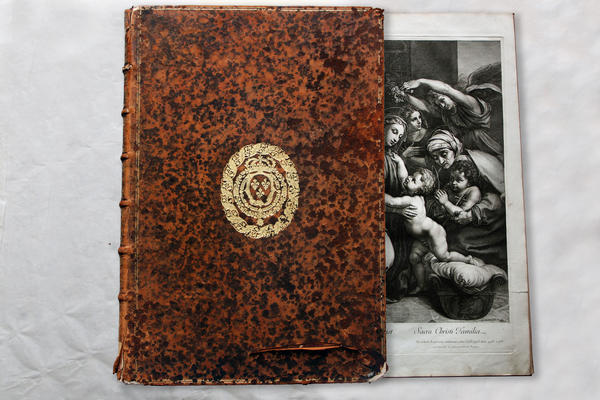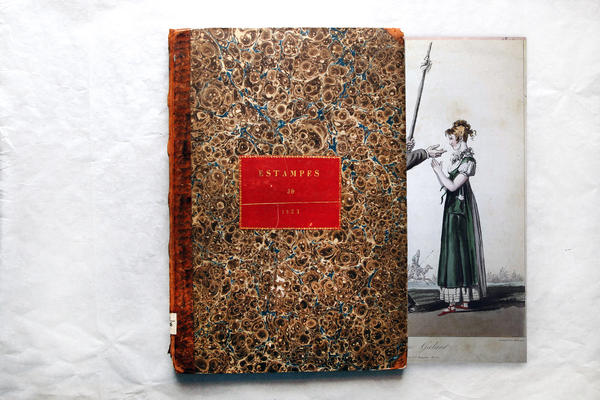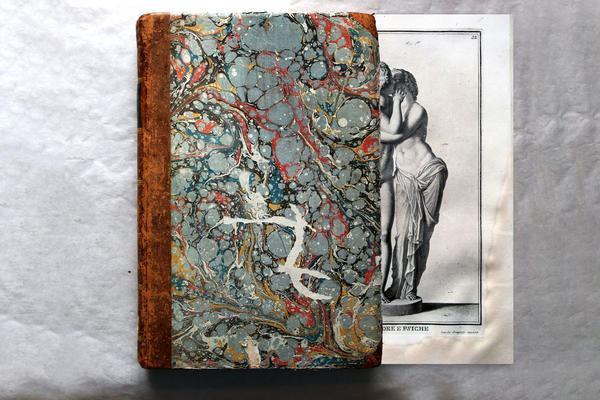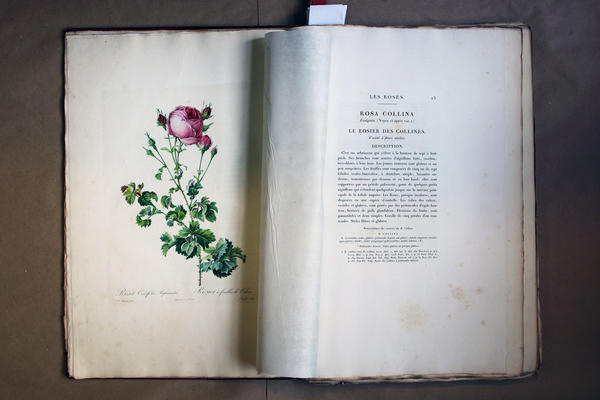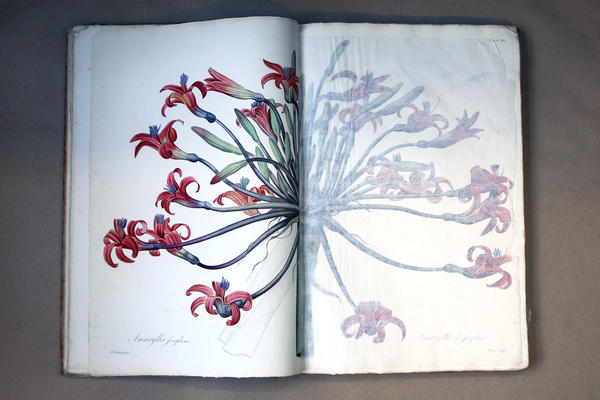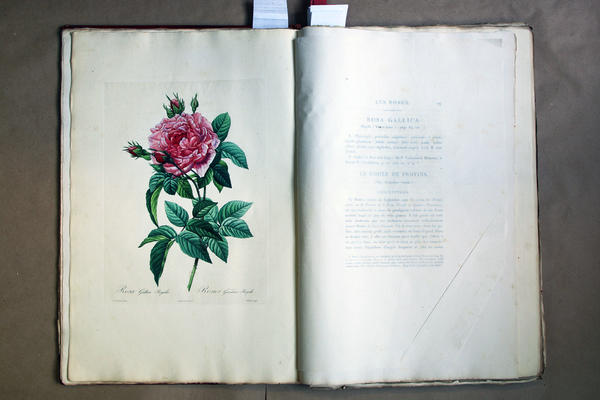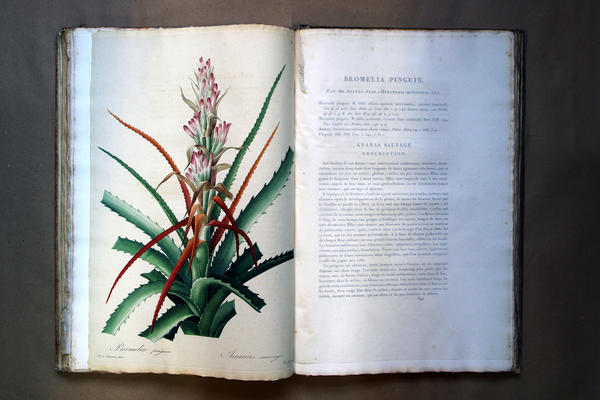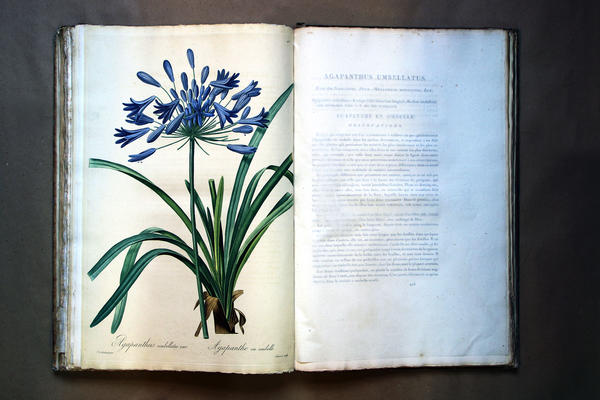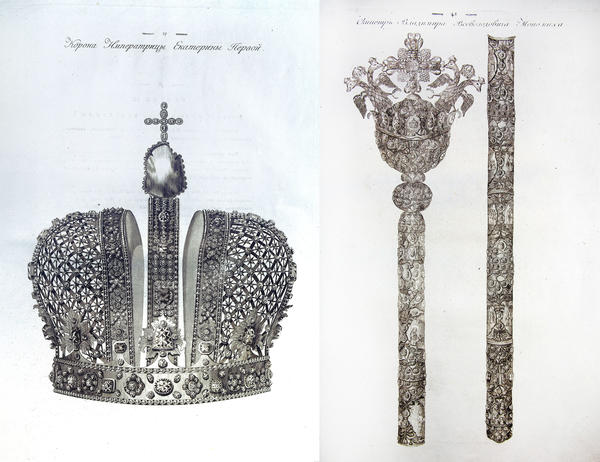The project was put forward by the Arkhangelskoye Estate and Museum, where most of the books are currently stored, and the Russian State Library, where the oldest editions from the Yusupov collection were deposited shortly after the 1917 Revolution.
In the 18th — early 19th centuries, in the days of Nikolai Borisovich Yusupov, the library was the centrepiece of an estate and the place to store a variety of collectible items: art drawings, coins, glyptics, etc. The Enlightenment, with its deep belief in the power of reason and heightened interest in educational pursuits, turned the library into a sacred temple of knowledge that served as a clear proof of its owner’s sophistication. The Yusupov library is one of the most valuable book monuments of that epoch.
Therefore, the key concept of the project is “to connect the disconnected”, i.e., an attempt to use the exhibition to assemble the once complete book collection and to highlight its unique features.
In the 18th — early 19th centuries, in the days of Nikolai Borisovich Yusupov, the library was the centrepiece of an estate and the place to store a variety of collectible items: art drawings, coins, glyptics, etc. The Enlightenment, with its deep belief in the power of reason and heightened interest in educational pursuits, turned the library into a sacred temple of knowledge that served as a clear proof of its owner’s sophistication. The Yusupov library is one of the most valuable book monuments of that epoch.
Therefore, the key concept of the project is “to connect the disconnected”, i.e., an attempt to use the exhibition to assemble the once complete book collection and to highlight its unique features.
